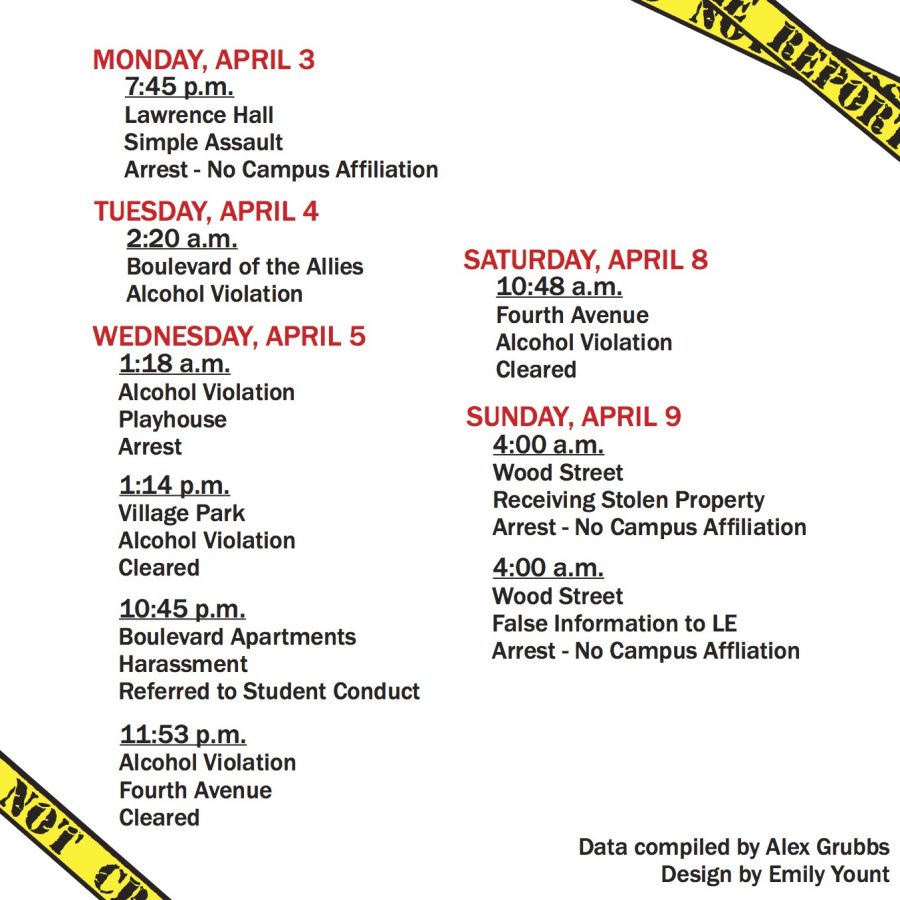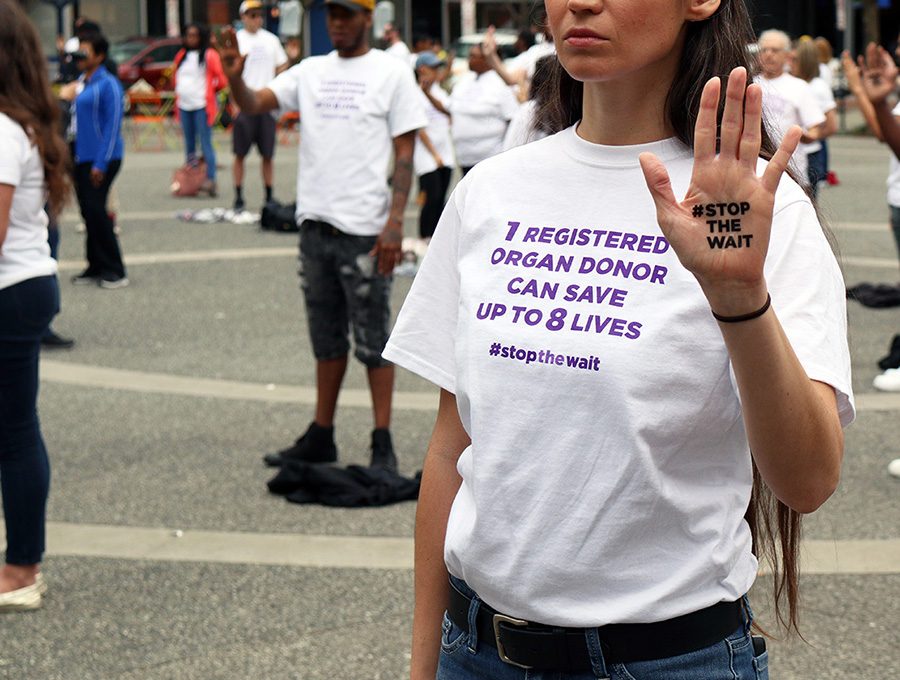In 1999, actor Dustin Hoffman sued Los Angeles Magazine for placing a distorted image of his character from the film “Tootsie” in an editorial called Grand Illusions. The editorial featured Hoffman’s character’s head placed on a model’s body to showcase spring fashions.The 9th U.S. Circuit Court of Appeals ruled in favor of LAM as Hoffman was unable to provide evidence of actual malice. In this situation, LAM was entitled to protection under the First Amendment.In 2002, conflict arose between tennis star Anna Kournikova and General Media Communications, Inc., publisher of Penthouse magazine. Penthouse promised viewers pictures of Kournikova on a nude beach, but the images featured were not actually of the tennis star.A federal district court rejected Kournikova’s motion for a preliminary injunction for false advertising on the part of Penthouse.It is ridiculous that people, even celebrities, cannot win cases dealing with images that portray them in a false light. But this is exactly how the courts have ruled in such instances.According to “Mass Media Law” by Don R. Pember and Clay Calvert, the U.S. Constitution’s First Amendment does not offer protect false or misleading ads.Unfortunately, when it comes to photo manipulation, such actions do not constitute false advertising, but rather an issue of copyright and privacy law. Courts generally do not take into consideration how a manipulated image will be perceived by a general population of untrained eyes. Most people are unable to distinguish the difference between a skillfully-altered photograph and reality.Recently, public uproar arose when Ralph Lauren put out an advertisement in 2009, featuring model Filippa Hamilton in an image that had clearly been manipulated to the point of disfigurement. Ironically, Ralph Lauren sued the website BoingBoing for releasing the advertisement.At the time of the controversy, Hamilton had already been fired from Ralph Lauren for not meeting weight requirements. Ralph Lauren issued a public apology, but Hamilton’s modeling career could have suffered significant damage from the incident. “Mass Media Law” states that if an image is used in an editorial, advertisement or news story, consent is not required as long as the photograph is relevant to the material.In Hoffman’s case, the magazine that published his distorted image did not receive consent from him or the film studio that owned the rights to “Tootsie.” The clothes that were placed on the model in the editorial were from designers that had advertisements in the magazine, thus creating a brand affiliation with Hoffman and the designers. The courts did not take this argument into account when trying to decide whether LAM acted on actual malice by producing the editorial.The lines in this case became blurred between whether it was in fact an advertisement, even though no designer’s names were mentioned, or if it was strictly art to magnify a feature story.In a photograph used for commercial purposes, most states agree that the person must remain recognizable despite any editing. If an image is manipulated to the point that the person featured becomes unrecognizable, it is harder to prove privacy infringement, and usually the image can be used without any form of consent.In the case of the Ralph Lauren advertisement, Hamilton did not give consent for the image to be used nor was she an employee of the company, since she was fired earlier that year. Even though the image was highly altered, her facial features were still distinguishable, tying her to the advertisement.If a person must remain recognizable, then how did Kournikova’s case slip through the cracks?The Lanham Act was created in 1946to stop advertisers from publishing misleading advertisements about their products. The statute was later revised to include unjust competition. In other words, advertisers cannot make false claims about their opposition.As written in “Mass Media Law”, three questions are asked to test if an advertisement is false, including, “What message, either explicitly or implicitly, does the ad convey? Is this message false or misleading? Does this message injure the plaintiff?”Kournikova tried to contest the advertisement on the front page of Penthouse was false.The court decided against Kournikova, stating that, “Kournikova cannot seriously argue that she is a competitor of Penthouse in any meaningful sense. Although Penthouse and Kournikova may be competing for the use of Kournikova’s name and identity, this is not sufficient to constitute a ‘competitive injury’ for standing under a false claim.”In the Information Age, it has become increasingly easy, not just for advertisers, but for anyone, to considerably alter photographs and make false claims about someone’s identity. If Kournikova had not publicly stated that the images were false, no one would have ever thought otherwise.Unfortunately, U.S. law is very disorganized when giving an exact definition of what false advertising is. Many other areas of law come into play and what is really being argued is often lost.Advertising should always be 100 percent truthful. While it is unwise not to feature an attractive woman when selling a dress, for example, the extreme amount of editing that is often performed on advertisements is unnecessary. Why sell something that is not real?Also, it is completely unethical to promise photographs of someone that are not even accurate. Again, why try to push something that is not truthful?Wouldn’t all of this stir a backlash from the public against these brands? The answer is “yes,” but only momentarily. For example, Ralph Lauren issued an apology and the whole ordeal was forgotten within weeks.
April 19‘Burgh Bites: Subway








